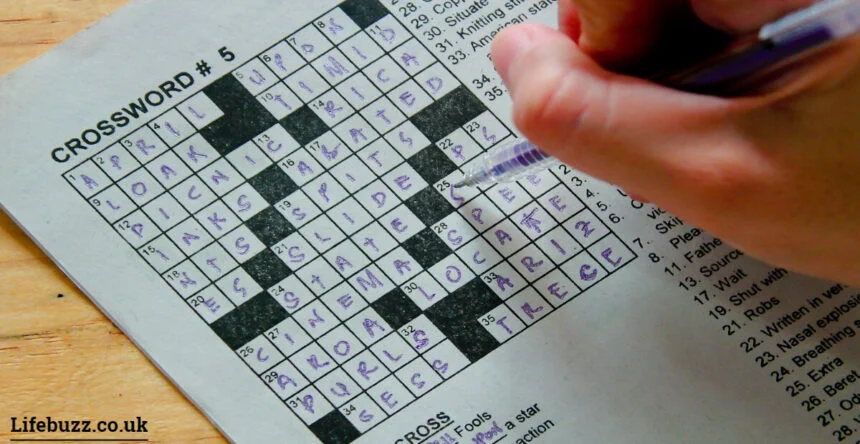Introduction to the Zachary Latham Case
Zachary Latham‘s story is a complex and deeply polarizing one, capturing the public’s attention for its shocking details, legal twists, and the unsettling questions it raises about violence, self-defense, and social media’s role in escalating conflicts. In a suburban New Jersey neighborhood, what began as a series of personal disputes tragically spiraled into a deadly confrontation, ending in the death of 51-year-old William Durham Sr. This incident has since evolved into a contentious legal battle, igniting debate over who was the real aggressor and how much blame, if any, lies with social media’s influence.
At its heart, this case is about more than just a confrontation between neighbors; it’s a reflection of how personal grievances can spiral out of control in the digital age. Many ask how this tragedy could have been avoided and whether Latham’s social media motives played a role in the escalation. This article explores the details of the Zachary Latham case, the events leading up to it, the legal battles that followed, and the broader implications for society.
The Background of Zachary Latham and the Durham Family
Zachary Latham was an 18-year-old residing with his grandparents in the same New Jersey neighborhood as the Durham family. The Durhams were a long-established family in the area, known to be respected members of the community. William Durham Sr. worked as a corrections officer, and he and his family lived a relatively private life until their interactions with Latham took a dramatic turn.
The troubles between zachary latham Latham and the Durhams reportedly began with minor disputes, many of which were captured on video and posted by Latham on social media platforms like TikTok. From alleged incidents of reckless driving to exchanges of insults, the friction between the two parties became increasingly volatile. Latham’s recordings were often captioned with provocative titles, and they quickly gained attention online, with some of his followers encouraging further antagonistic behavior. This virtual encouragement appeared to fuel Latham’s willingness to escalate his confrontations with the Durhams.
In examining the background, zachary latham questions arise about Latham’s intent and the role that social media played in encouraging him. Was he acting out of genuine fear or frustration, or was he seeking attention and notoriety online? This aspect has become a crucial part of the conversation surrounding the case, especially as it pertains to his motivations and mental state leading up to the tragic events.
How Social Media Played a Role in Escalating Tensions

Social media, often a platform for expression and connection, has a darker side where conflict and confrontation are sometimes sensationalized. In Zachary Latham’s case, TikTok became a stage on which he showcased his ongoing disputes with the Durham family. Through his posts, Latham not only gained followers but also seemed to derive a sense of validation for his actions, especially as some followers cheered him on and encouraged further clashes.
Latham’s videos showed zachary latham encounters with the Durhams, often in confrontational or accusatory tones, leading viewers to perceive the family as antagonists. These videos gained popularity, receiving thousands of views and numerous comments, many of which fueled Latham’s already volatile behavior. As his online popularity grew, it seemed to embolden him, potentially contributing to his decision to continue pushing boundaries with his neighbors.
The influence of social media zachary latham on real-life behavior, especially among young adults, raises significant questions. In this case, Latham’s apparent desire for online fame may have contributed to the escalation of a neighborhood dispute into a fatal confrontation. This tragic incident forces us to consider how social media can amplify negative behavior, pushing individuals to act in ways they might otherwise avoid.
The Fatal Confrontation: How the Incident Unfolded
The conflict between Zachary Latham and the Durham family reached its peak on May 4, 2020. On this day, an altercation took place that would result in the death of William Durham Sr. Accounts of the incident vary, with both sides claiming the other was the aggressor, but the sequence of events on that day was violent and chaotic, with multiple people involved.
According to reports zachary latham, the altercation began after Latham posted yet another video involving the Durhams. Tensions had reached a boiling point, and both parties confronted each other near Latham’s residence. The confrontation escalated quickly, with members of the Durham family reportedly entering Latham’s property to confront him directly. During the ensuing struggle, Latham allegedly armed himself with a knife, leading to a violent altercation in which Durham Sr. was fatally stabbed.
The details of this incident zachary latham have been hotly debated. Latham and his defense team argued that he acted in self-defense, claiming that he was being attacked on his property by multiple members of the Durham family. On the other hand, the Durhams’ family and supporters argue that Latham’s actions were premeditated, fueled by his desire to record and post the confrontation online. This fatal encounter turned an already contentious neighborhood dispute into a national controversy, with people taking sides on who was to blame.
Legal Proceedings and the Self-Defense Argument
Following the tragic incident, Zachary Latham faced criminal charges, including manslaughter. His legal team argued that he acted in self-defense, asserting that he was attacked on his property and had the right to protect himself. The defense also pointed to the fact that multiple members of the Durham family were involved in the altercation, suggesting that Latham felt threatened and responded accordingly.
The self-defense argument zachary latham hinges on the notion that Latham was defending himself from an aggressive group. In some states, “Stand Your Ground” laws would potentially protect someone in Latham’s position if they genuinely feared for their life on their property. However, New Jersey does not have a Stand Your Ground law, which complicated Latham’s defense. Instead, the state follows the “Duty to Retreat” rule, meaning that individuals should avoid using deadly force if they can safely retreat.
The lack of clear video evidence showing the full altercation makes it challenging for either side to definitively prove their case. As a result, the self-defense claim remains contentious, with prosecutors and the Durham family pushing back against it. This argument has become a focal point of the case, with both sides presenting evidence to support their respective narratives.
Public Reaction and Media Coverage of the Case
The Zachary Latham case received significant media coverage, particularly due to its unique combination of neighborly disputes, social media influences, and a tragic outcome. News outlets across the country reported on the details, often focusing on Latham’s social media activities and the role they played in escalating tensions. The public response was equally divided, with some sympathizing with Latham’s claim of self-defense and others condemning his actions as reckless and provocative.
Social media also became a space for debate, with people analyzing Latham’s videos and questioning his motives. Many criticized him for using platforms like TikTok to antagonize the Durhams, arguing that he exploited these confrontations for clout and online fame. Others pointed to the role of Latham’s followers, who seemed to encourage his behavior, creating a cycle of provocation and escalation.
This media coverage has drawn attention to the broader implications of social media and how it can influence real-life actions, especially in young people. The public reaction underscores the complexities of the case, as it forces society to question the ethical implications of using personal disputes for online content.
The Broader Impact: Lessons and Reflections on Social Media and Real-Life Conflicts
The Zachary Latham case serves as a stark reminder of the potential dangers of social media, especially when used as a platform to broadcast personal grievances. In this case, the desire for attention and validation appeared to drive Latham’s behavior, leading to a tragic and irreversible outcome. This incident invites reflection on the impact of social media and the ways in which it can escalate conflicts rather than resolving them.
For many, the case has highlighted the need for caution when using social media to document or share confrontations. The instant gratification that comes with likes, views, and comments can encourage individuals to pursue increasingly risky behavior, sometimes with devastating consequences. This case also underscores the responsibility that social media platforms may have in moderating content that encourages conflict or promotes harmful behavior.
In reflecting on the broader implications, it becomes clear that social media is a double-edged sword. While it offers incredible power to connect and share, it also has the potential to magnify hostility and lead people down a dangerous path. The Latham case forces us to consider the limits of this technology and the need for a more mindful and responsible approach to its use.
Conclusion: Unanswered Questions and the Ongoing Debate
The tragic story of Zachary Latham and the Durham family remains an unresolved and highly debated topic. While the legal proceedings may eventually offer some answers, the broader questions about social media’s role in escalating conflict, the fine line between self-defense and provocation, and the responsibilities of online influencers will likely persist. This case is a sobering reminder of how quickly personal disputes can spiral out of control and how digital validation can sometimes encourage actions with irreversible consequences.
For those following the case, the story of Zachary Latham serves as both a cautionary tale and a call for deeper reflection on how we navigate our online and offline worlds. In the end, it’s a tragedy that has left lasting scars on both families involved and has given society much to consider about the power—and peril—of social media in modern life.













Leave a Reply